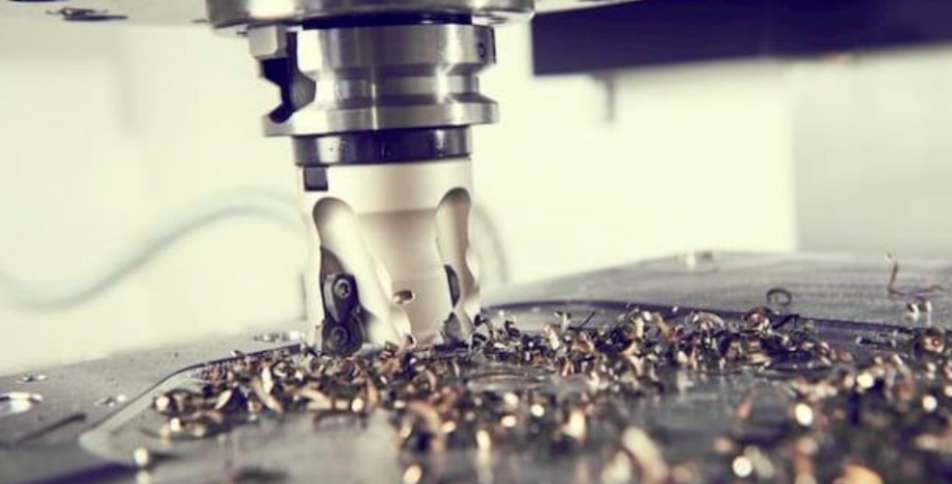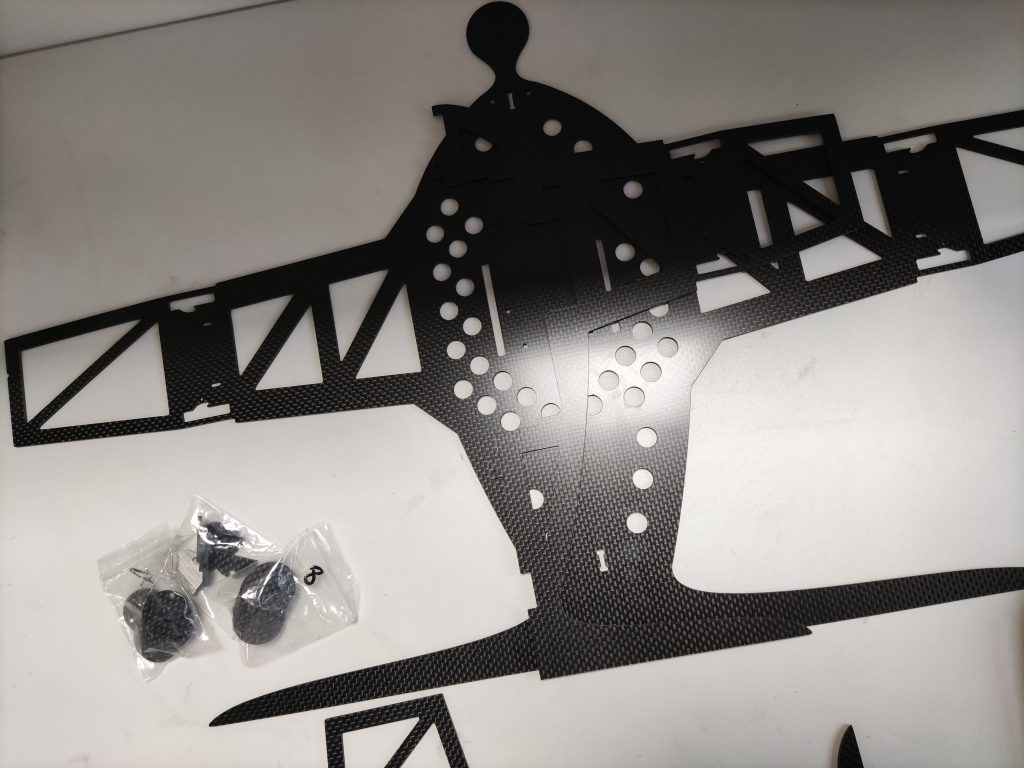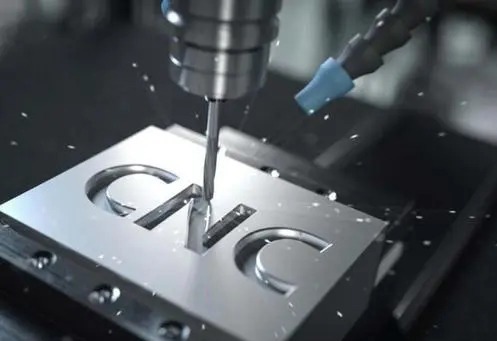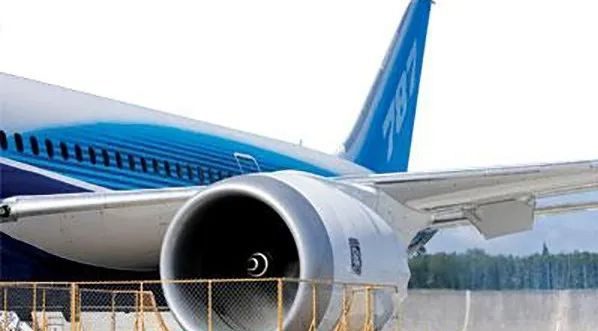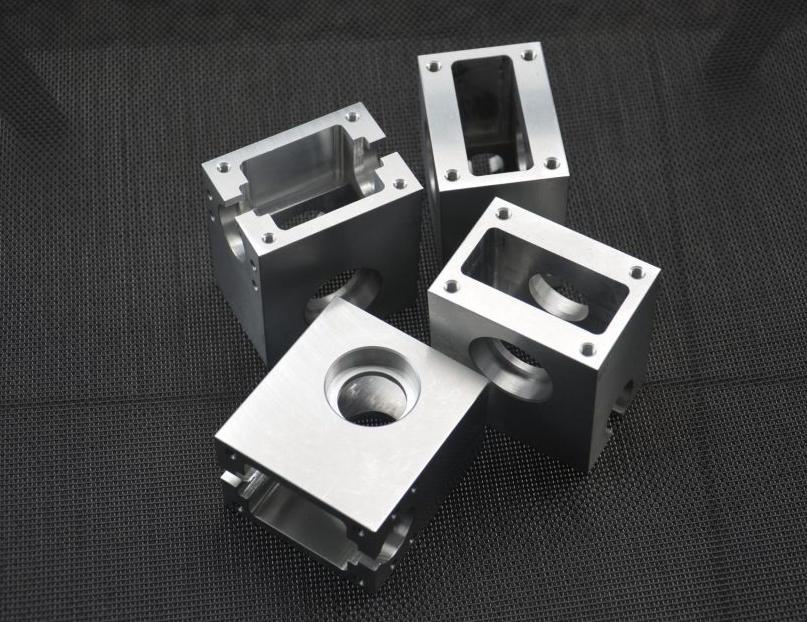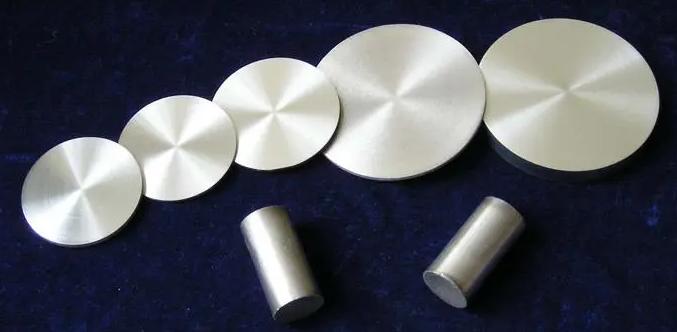The choice of process determines a part’s performance, cost, and value.
In bicycle manufacturing, the creation of a single part often involves a meticulous balance of materials, process, and cost. The price of the same aluminum alloy stem can range from a few dollars to hundreds of dollars, largely due to the different manufacturing processes that underlie them.
As a bicycle parts manufacturer, one of our core tasks is to make informed choices among the three mainstream processes: CNC machining, forging, and die-casting, aiming to achieve the optimal balance between performance, cost, mass production, and design freedom.
Here, we’ll take you behind the scenes of manufacturing, providing a comprehensive analysis of these three distinctive processes to help you understand the underlying manufacturing logic and product philosophy.
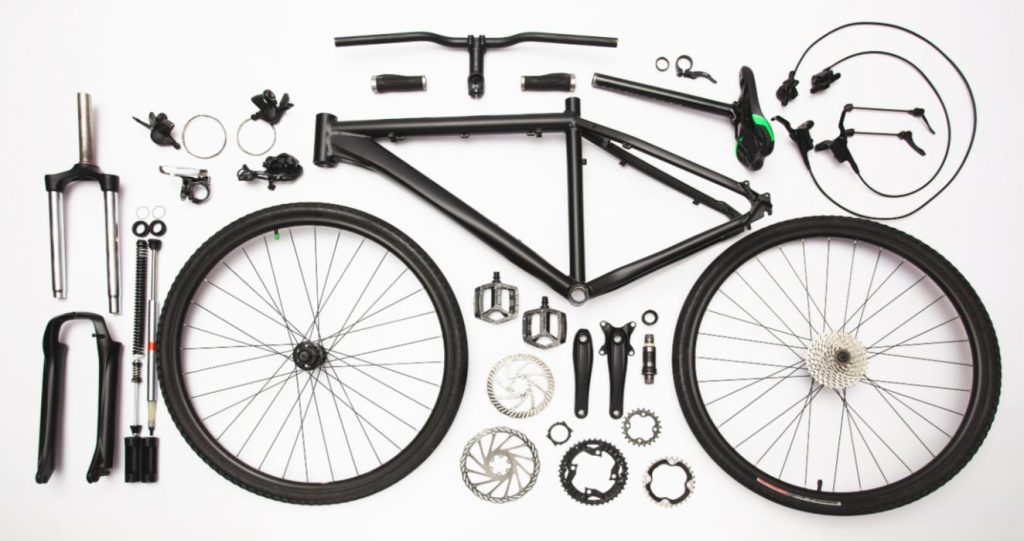
In-Depth Technical Analysis of the Three Bicycle Manufacturing Processes
Understanding the underlying principles of different processes is the first step to making the right choice. Each process has its unique operating method and most suitable application scenarios.
Die Casting is akin to “injection molding for metal.” It involves injecting molten metal (typically aluminum alloy) into a precision steel mold under high speed and pressure, where it cools and solidifies into shape.
This method offers high production efficiency and relatively low cost, making it particularly suitable for parts with complex shapes and internal cavities. This is why many economic crankarms and standard stems choose die casting.
However, the internal structure of die-cast parts can contain pores, and their strength-to-weight ratio is typically inferior to forged parts.
Forging, on the other hand, is more like “kneading and shaping metal.” It usually involves squeezing a metal billet into shape within a mold under tremendous pressure, often at high temperatures. This process compresses the metal’s grain structure, making it denser and significantly improving the component’s strength, toughness, and fatigue resistance.
Because of this, the forging process is ideal for manufacturing performance components that need to withstand high stress, such as mid-to-high-end bicycle cranks and pedals. Companies like Xin Ping Fu Precision Forging have successfully reduced costs for their clients while ensuring precision through this process.
CNC Machining (Computer Numerical Control) can be compared to “digital sculpting.” It starts with a solid block of metal (a billet) and uses computer-controlled cutting tools to progressively “sculpt” the final part shape.
CNC provides unparalleled design freedom and extremely high machining accuracy, enabling the creation of extremely complex geometries and perfect surface finishes, making it ideal for manufacturing top-tier cnc bike components.
Its disadvantages are also evident: significant material waste (high scrap rate), long production lead times, resulting in high costs. The UK company North Bucks Machining even mills entire mountain bike frames directly from solid aluminum blocks. While the results are extremely light (not exceeding 7kg), the cost is the extensive removal of material from a 165kg raw block.

Multi-dimensional Comparison of the Three Processes
To more intuitively demonstrate the differences between the three processes, we compare them from a manufacturer’s perspective across the following key dimensions:
| Dimension | Die Casting | Forging | CNC Machining |
| Strength/Weight Ratio | Lower | Very High (Dense Grain) | Extremely High (Can be ultra-lightweighted) |
| Production Cost | Lowest (The larger the quantity, the lower the cost per component) | Medium | Highest (Material + Labor) |
| Production Speed | Very Fast (Mass Production) | Fast | Slow (Small Batch/Custom) |
| Design Freedom | Medium (Mold Limited) | Medium-Low (Mold Limited) | Nearly Unlimited (Digital Design) |
| Material Utilization | High | High | Low (High Scrap Rate) |
| Surface Finish/Quality | Requires Post-Processing | Requires Post-Processing | Exquisite, can be directly anodized |
| Typical Applications | Economic, Complex Parts | Performance, High-Stress Parts | Top-tier, Custom, Limited Edition Parts |
Strength and Weight: Forging leads due to its dense grain structure, while CNC achieves extreme lightweighting through ingenious structural design (such as hollowing). Die casting may have an advantage in weight, but strength is generally not its strong point.
Cost and Efficiency: Die casting offers significant cost advantages in high-volume production. Forging strikes a good balance between performance and cost. CNC has the highest cost and the lowest efficiency, but its value lies in achieving designs and precision unattainable by other processes.
Design Freedom and Precision: CNC is undoubtedly the most flexible, as changes to the digital model transform the entire process. Die casting and forging are limited by mold design and manufacturing, with large initial mold investments and high modification costs.
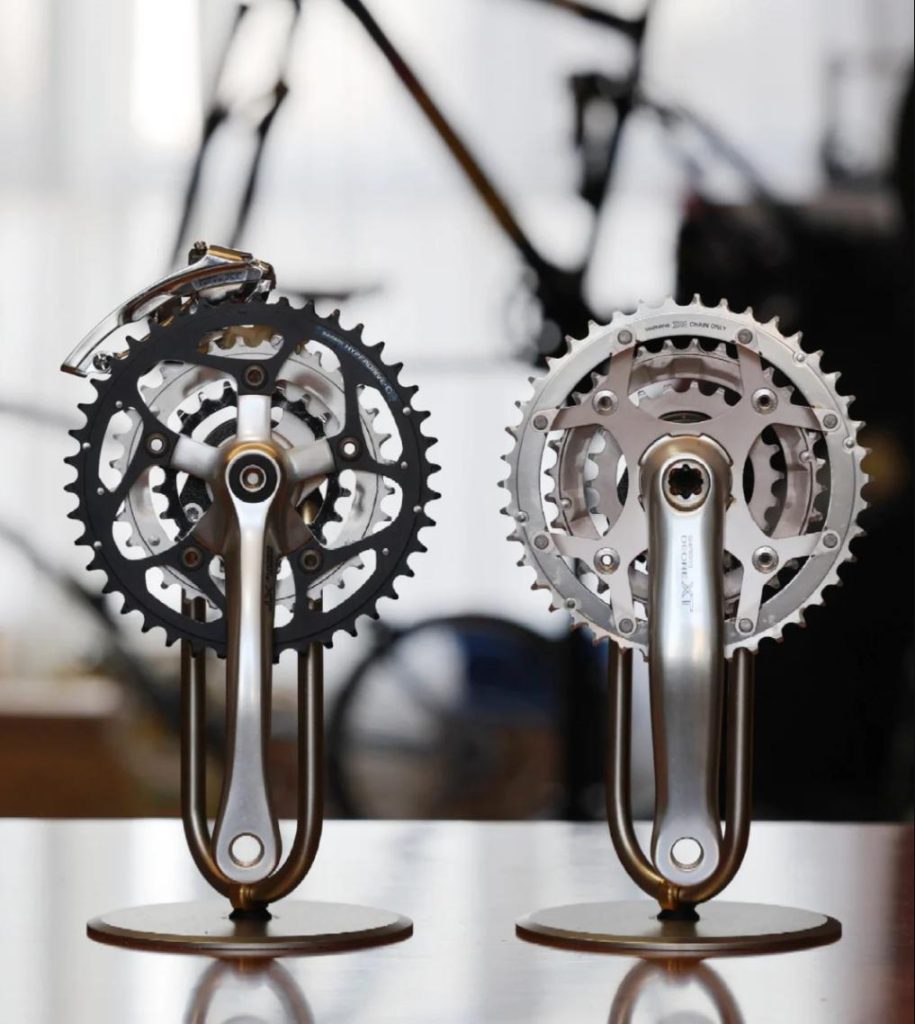
JTR Process Selection for Different Bicycle Part Lines
As a manufacturer in the bicycle parts manufacturing industry, our core task is to select the most suitable manufacturing process for products of different positioning. This is not a simple cost calculation, but a comprehensive trade-off between performance, cost, production efficiency, and design freedom. There is no “best” process, only the “most appropriate” one. We are making the most proper choices for differently positioned products based on a deep understanding of market needs.
Economy Product Line: Die Casting is the Preferred Process
Typical Products: Urban commuter parts, standard aluminum alloy stems, brake lever housings, and shifter housings.
Core Demands: Stable, low-cost, and high-volume supply. Users of these products are highly price-sensitive and demand compliance with basic functional and safety standards while also being able to handle large market volumes.
Process of Choice: Die Casting is almost the only choice. Die Casting forms parts by forcing molten metal into a die at high speed, resulting in short cycle times and extremely high efficiency. This results in extremely low unit costs and high production efficiency for die-cast bicycle parts, and is also suitable for complex structures (such as internal cavities).
However, the mechanical properties (strength and toughness) of die-cast parts are generally inferior to those of forged and CNC-finished parts, and die investment and modification costs are high. Therefore, initial costs are heavily reliant on design stability and high production volumes to amortize.
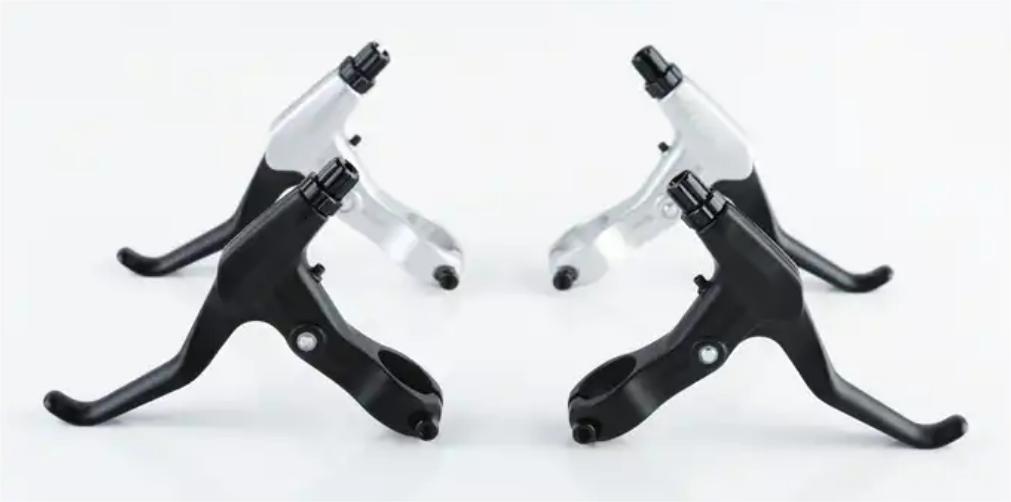
Mainstream Performance Product Line: Forging is the Preferred Process
Typical Products: Mid- to high-end bicycle cranks, pedals, high-performance stems, and mountain bike parts. Core Purpose: Providing optimal performance and reliability within a manageable cost. This user group is typically sports enthusiasts who require parts that withstand greater stress, impact, and fatigue at a lower weight, all without being prohibitively expensive.
Process of Choice: Forging is the gold standard in this field. Forging uses high pressure to create a dense, streamlined, and continuous metal grain structure, significantly improving part strength, toughness, and fatigue resistance. JTR boasts multiple forging lines and CNC machining centers, providing full-process production capabilities from forging to finishing.
Although the cost per part is higher than die-casting, optimized production processes (such as CNC finishing) and medium-volume production enable a perfect balance between performance and cost. Tooling costs still apply, but are lower than die-casting.
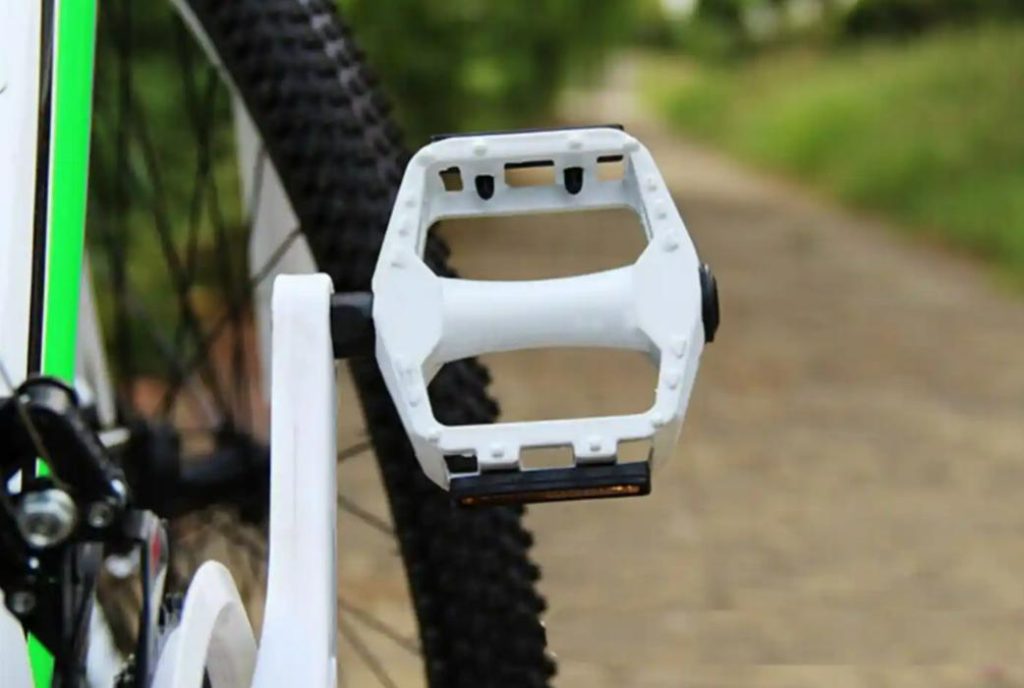
Top-tier competition and customized product lines: CNC technology is preferred.
Typical products: Premium stems and handlebars, ultra-light chain guides, customized modifications, and limited-edition parts.
Core Purpose: Pursuing extreme lightness, rigidity, unique design aesthetics, and the highest precision, regardless of cost. Users include professional athletes, high-end enthusiasts, and gamers who prioritize extreme performance over price.
Process Selection: CNC machining is the ultimate means of achieving these goals. By cutting from solid stock, CNC allows designers to create nearly any conceivable complex shape and achieve extreme weight-saving cutouts. Consequently, parts produced by CNC machining offer unlimited design freedom, top-tier precision, and impeccable surface finishes. Without the need for molds, CNC machining is suitable for small batches and rapid iterations. For example, Taiwanese brand RIDEA utilizes CNC machining for almost all of its products, including levers and grips, pursuing ultimate precision and a beautiful anodized finish.
However, CNC machining can result in significant material waste (high stock removal rates) and lengthy production times, resulting in extremely high unit costs. It is therefore more suitable for small-batch, high-value-added products.
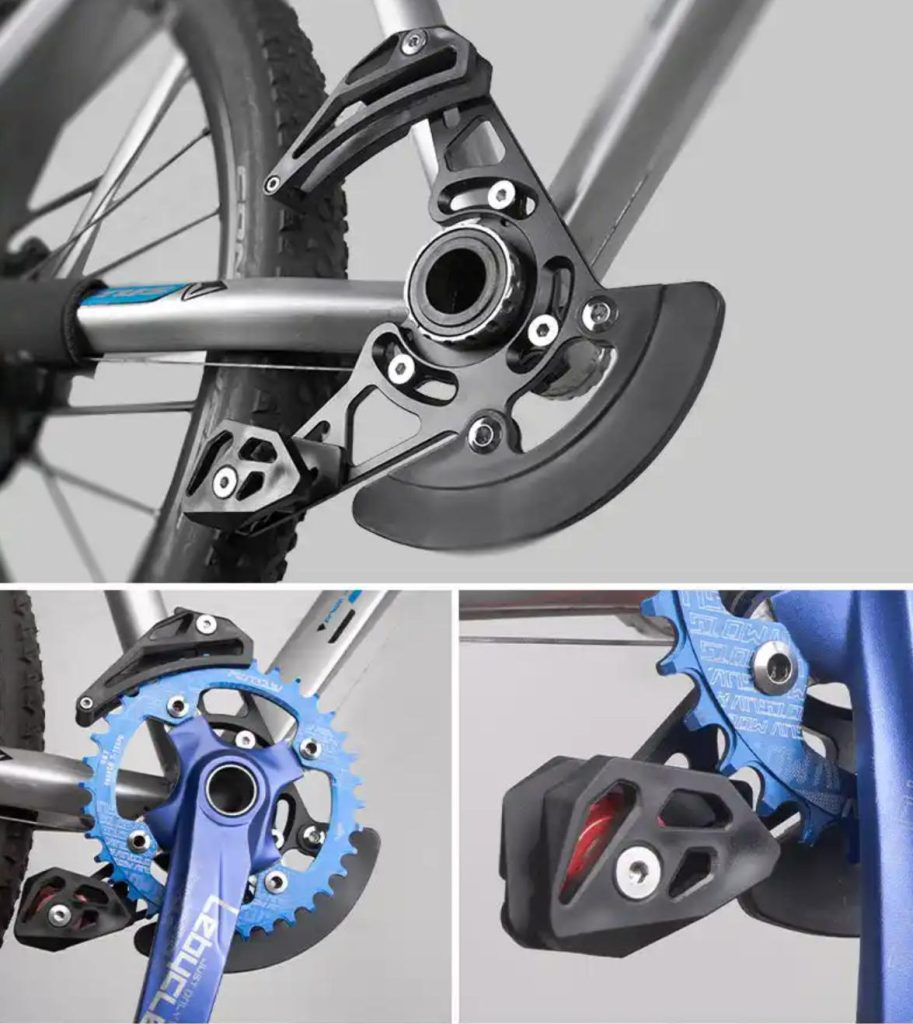
Composite Process Application: A Solution Combining Advantages
In actual production, composite processes are becoming increasingly common, combining the advantages of multiple processes to produce parts with superior performance.
The most common combination is “forging + CNC machining.” A blank is first forged to achieve a high-strength and high-toughness foundation. CNC machining is then used for precision machining, hollowing, weight reduction, and final shaping. This has become the “gold standard” for many high-performance cranks, stems, and other parts.
An emerging process is also being explored: “3D printing + CNC machining.” For extremely complex or customized structures, metal 3D printing (additive manufacturing) is first used to create a near-final blank. CNC machining then performs high-precision machining to ensure the dimensions and surface finish of critical parts.

Synergistic Selection of Materials and Processes
The choice of process is also closely related to the material:
- Aluminum alloy: All three processes are widely used and are the most balanced material.
- Magnesium alloy: Die-casting offers broad application prospects due to its excellent fluidity and the ability to produce lighter, one-piece components.
- Titanium alloy/Carbon fiber: CNC machining and 2.5D printing are effective methods for machining complex titanium alloy components, while carbon fiber frames are often manufactured using composite materials such as compression molding.
As a manufacturer, our process selection is a systematic decision-making process:
First, we determine whether our product targets the economy, performance, or premium market. We then prioritize cost, performance, weight, production volume, and design. Only then do we select the appropriate process (die-casting, forging, CNC, etc.). We also consider process integration and actively explore composite processes like “forging + CNC” to achieve a “1+1 greater than 2” effect.
Through this decision-making process, we ensure that every bicycle part that leaves our factory optimally meets the expectations of its target user, whether on the bustling streets, rugged mountain roads, or the professional track.
Matching the Right Process for Every Journey
CNC, forging, and die-casting—there’s no absolute superiority or inferiority among these three processes. Their ultimate goal is the same: to produce reliable, high-performance bicycle parts that meet the needs of every cyclist.
As a bicycle parts manufacturer, our deep understanding of and rigorous selection of processes are driven by our pursuit of product performance and our responsibility to the safety and experience of every cyclist.
We hope this article helps you better understand the manufacturing process behind bicycle parts, allowing you to make more informed choices for yourself and your customers.


